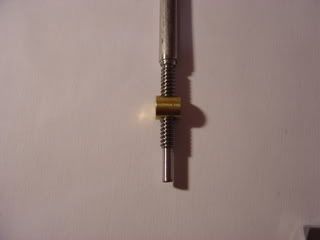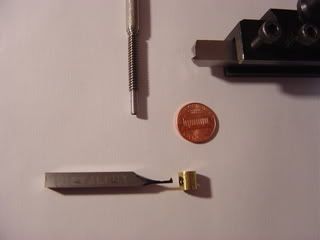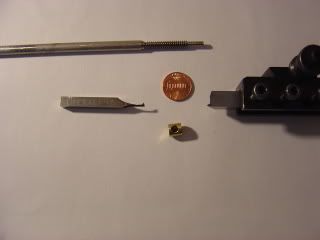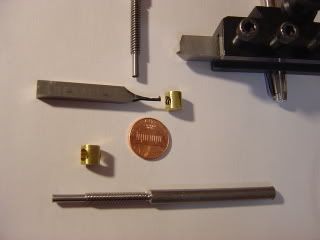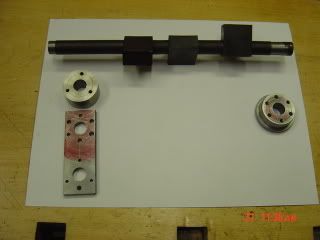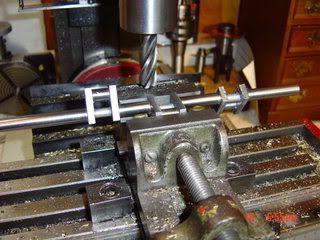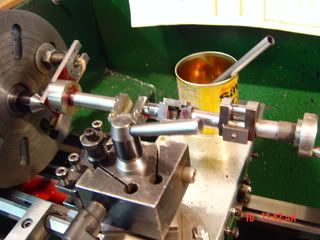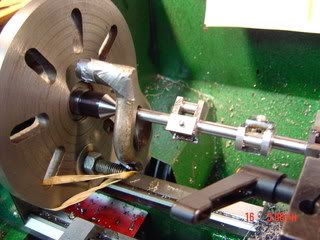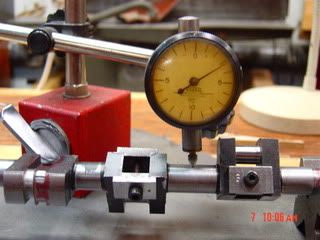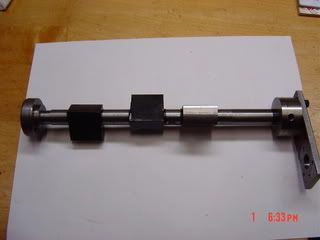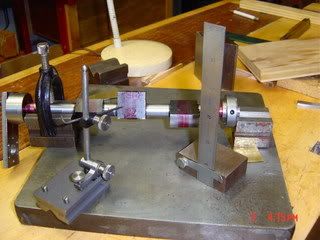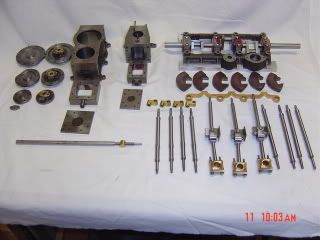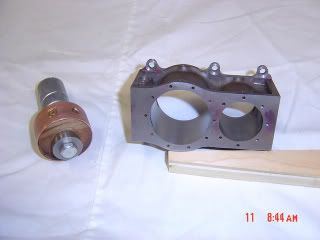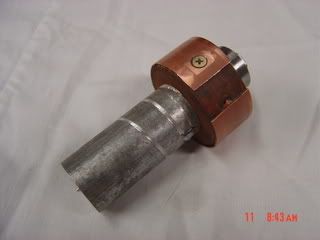Hillmar, chunks are cut out of the crank blank? doesn't sound good - I think you need the rigidity of the solid bar to start with, turn the pins, put accurately made spacers between each, then turn the journals. more than one way to skin the cat, but that worked for me and I'd not want to try turning the pins with the journal already turned down - too much spring
John, its not the 2 start that concerns me, its the 3/16 size. I haven't cut a single point internal thread that small, seems like the tool would be prohibitively spindly, hence the tap idea....we'll see. I've boring bars that small, but the nature of the width of cut with threading would significant increase the force on the cutting tool. ways around that I know, but they might be more of a pita than making a tap. might have to experiment on small dia single point internal threading
I wouldn't need a fourth axis though to thread on the the cnc, three is all you need. I'd still have the same challenge of some very tiny tooling for the internal thread.
John, its not the 2 start that concerns me, its the 3/16 size. I haven't cut a single point internal thread that small, seems like the tool would be prohibitively spindly, hence the tap idea....we'll see. I've boring bars that small, but the nature of the width of cut with threading would significant increase the force on the cutting tool. ways around that I know, but they might be more of a pita than making a tap. might have to experiment on small dia single point internal threading
I wouldn't need a fourth axis though to thread on the the cnc, three is all you need. I'd still have the same challenge of some very tiny tooling for the internal thread.





